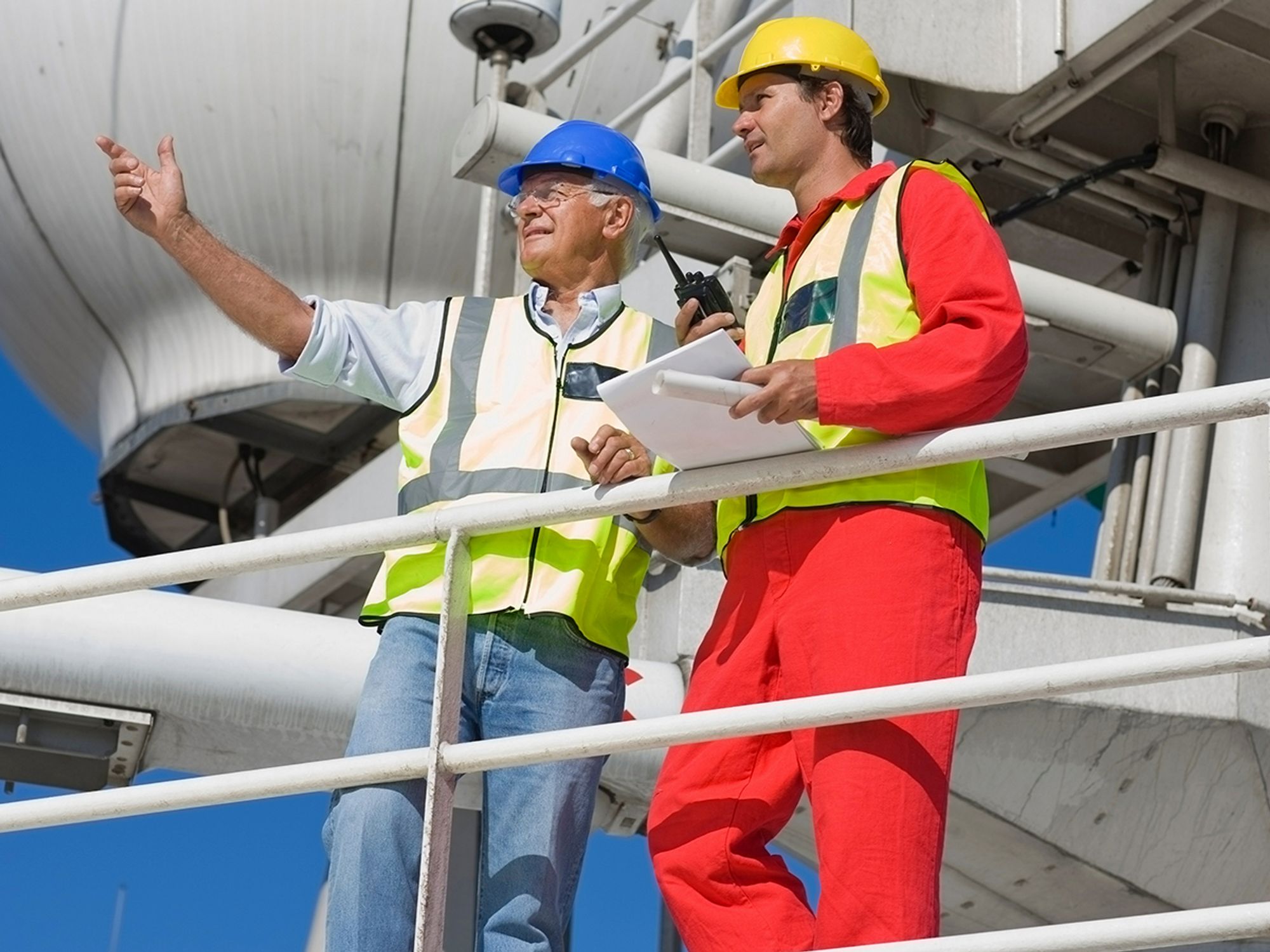Mitigate the dangers of unprotected sides and edges

- Employees must be protected from falls when they are working near unprotected edges or sides.
- There is no “safe” distance from a side or edge that would eliminate the need for fall protection.
- Employees must be protected from falls when they are working in a hoist area.
- If a guardrail system must be removed during hoisting operations, and employees are required to lean through the access opening, they must be protected with a personal fall arrest system.
Section 1926.501(b)(15) is a catch-all requirement intended to clarify the overall thrust of the duty to have fall protection. It sets forth clearly that all employees exposed to falls of six feet or more to lower levels must be protected by a guardrail system, safety net system, or personal fall arrest system, except where otherwise provided in 1926.501(b) or by fall protection standards in other Subparts of Part 1926. This provision will facilitate compliance for employers who do not fit any of the specific categories set by 1926.501(b).
Sides and edges
Employees must be protected from falls when they are exposed to unprotected sides and edges of walking-working surfaces (horizontal and vertical surfaces) that are six feet or more above lower levels. Options to mitigate this hazard include:
- Guardrail systems
- Safety net systems
- Personal fall arrest systems
The Occupational Safety and Health Administration (OSHA) considers these three types of systems to be “conventional fall protection systems.” OSHA expects employers to implement a safety system early in the construction process and to maintain that system in place until all work has been completed or until the permanent elements of the structure, which will eliminate the exposure to falling hazards, are in place.
OSHA has determined that there is no “safe” distance from an unprotected side or edge that would render fall protection unnecessary.
Hoist areas
Each employee in a hoist area must be protected from falling six feet or more. Choices for this protection are:
- Guardrail systems
- Personal fall arrest systems
If guardrail systems (chain gate or guardrail) or portions thereof must be removed to facilitate hoisting operations, as during the landing of materials, and a worker must lean through the access opening or out over the edge of the access opening to receive or guide equipment and materials, that employee must be protected by a personal fall arrest system.
Formwork and reinforcing steel
Protect employees working on formwork and reinforcing steel six feet or more above lower levels by one of the following:
- Personal fall arrest system
- Safety net system
- Positioning device system
Equip ramps, runways, and other walkways with guardrails where employees could fall six feet or more to lower levels.
